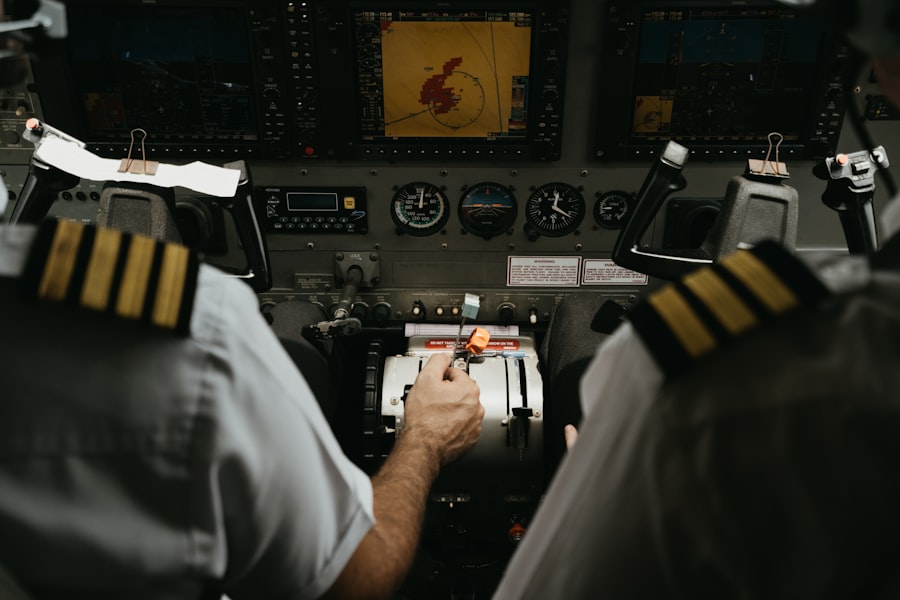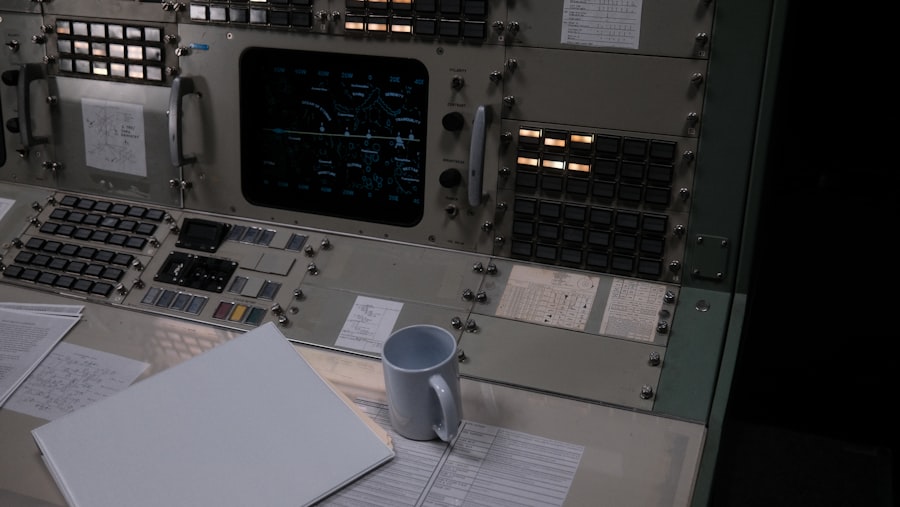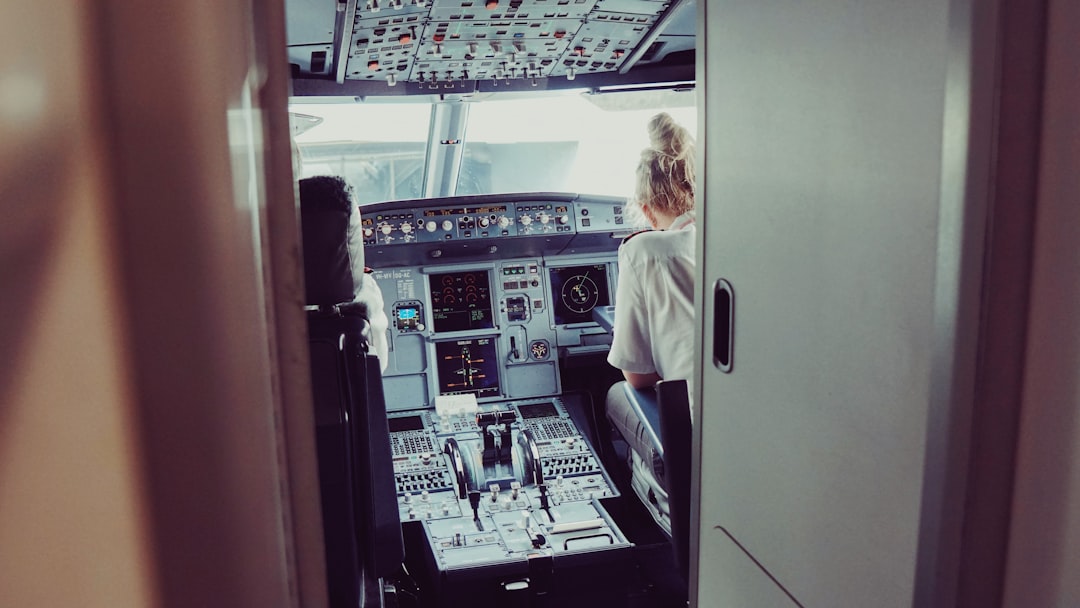As you step into the world of aviation, you may find yourself captivated by the intricate dance between technology and human skill. Artificial Intelligence (AI) has emerged as a transformative force in various industries, and aviation is no exception. The integration of AI into aviation is not merely a trend; it represents a significant evolution in how aircraft are operated, maintained, and navigated.
From enhancing safety protocols to optimizing flight paths, AI is reshaping the landscape of air travel, making it more efficient and reliable. In this rapidly changing environment, understanding the role of AI in aviation becomes essential. You might wonder how this technology interacts with traditional piloting methods and what implications it holds for the future of air travel.
As you delve deeper into this topic, you will discover the delicate balance between human expertise and machine efficiency, a balance that is crucial for the safety and effectiveness of modern aviation.
Key Takeaways
- AI is revolutionizing the aviation industry by enhancing safety, efficiency, and decision-making processes.
- Pilots play a crucial role in modern aviation, utilizing their expertise to make critical decisions and ensure the safety of flights.
- Advancements in AI technology, such as machine learning and natural language processing, are transforming the way aviation operates.
- Current uses of AI in aviation include autopilot systems, predictive maintenance, and air traffic management.
- While AI offers benefits such as improved safety and reduced human error, it also presents challenges such as regulatory concerns and the potential for job displacement.
The Role of Pilots in Modern Aviation
As you consider the role of pilots today, it’s clear that they are not just operators of aircraft; they are highly trained professionals responsible for ensuring the safety and comfort of passengers. Pilots undergo rigorous training, mastering complex systems and developing critical decision-making skills that are vital during flights. Their ability to respond to unexpected situations, such as adverse weather or technical malfunctions, is what sets them apart in the cockpit.
However, the advent of AI has begun to change the dynamics of this profession. While pilots remain indispensable, their roles are evolving. You may notice that many modern aircraft are equipped with advanced autopilot systems that can handle routine tasks, allowing pilots to focus on more complex decision-making processes.
This shift not only enhances operational efficiency but also reduces pilot workload, enabling them to manage flights with greater precision and safety.
Advancements in AI Technology

The advancements in AI technology have been nothing short of remarkable. You might be aware that machine learning algorithms and neural networks have made significant strides in recent years, allowing computers to analyze vast amounts of data quickly and accurately. In aviation, these technologies are being harnessed to improve everything from predictive maintenance to flight planning.
One of the most exciting developments is the use of AI in real-time data analysis. Imagine an aircraft equipped with sensors that continuously monitor its performance and environmental conditions. AI can process this data instantaneously, providing pilots with insights that enhance situational awareness and decision-making.
This capability not only improves safety but also optimizes fuel efficiency and reduces operational costs, making air travel more sustainable.
Current Uses of AI in Aviation
| Application | Description |
|---|---|
| Flight Planning | AI is used to optimize flight routes, fuel consumption, and weather analysis. |
| Autopilot Systems | AI is used to assist pilots in controlling the aircraft and maintaining safe flight paths. |
| Maintenance Predictions | AI is used to predict maintenance needs and prevent potential issues with aircraft systems. |
| Passenger Service | AI is used for personalized customer service, including chatbots and virtual assistants. |
| Security Screening | AI is used for facial recognition and behavior analysis to enhance security measures. |
As you explore the current applications of AI in aviation, you will find that its uses are diverse and impactful. One prominent area is predictive maintenance, where AI algorithms analyze data from aircraft systems to forecast potential failures before they occur. This proactive approach minimizes downtime and ensures that aircraft are always in optimal condition for flight.
Another significant application is in air traffic management. AI systems can analyze flight patterns and traffic flows to optimize routing and reduce congestion in busy airspaces. By predicting peak times and adjusting flight schedules accordingly, airlines can enhance efficiency and improve the overall passenger experience.
As you consider these applications, it becomes evident that AI is not just a tool; it is a vital partner in modern aviation operations.
Benefits and Challenges of AI in Aviation
The benefits of integrating AI into aviation are substantial, but they come with their own set of challenges. On one hand, you can appreciate how AI enhances safety by providing real-time data analysis and decision support for pilots. This technology can help identify potential hazards before they escalate into serious issues, ultimately leading to safer flights.
On the other hand, challenges arise from the reliance on technology. You may ponder the implications of over-reliance on AI systems, particularly in critical situations where human judgment is essential. There is also the concern about cybersecurity threats that could compromise AI systems, potentially endangering flights.
Balancing these benefits and challenges is crucial as the aviation industry continues to embrace AI technology.
The Potential for AI to Replace Pilots

As you contemplate the future of piloting, a pressing question emerges: could AI eventually replace human pilots? While advancements in automation have led to discussions about fully autonomous flights, it’s important to recognize that complete replacement is unlikely in the near future. You might consider that while AI can perform many tasks efficiently, it lacks the nuanced understanding and emotional intelligence that human pilots bring to the cockpit.
Moreover, the unpredictability of real-world scenarios often requires human intuition and experience. In situations where quick thinking is necessary—such as during emergencies—human pilots are irreplaceable. As you reflect on this potential shift, it becomes clear that rather than replacing pilots, AI is more likely to serve as an augmentation tool, enhancing their capabilities while allowing them to focus on critical decision-making.
Safety Concerns with AI-Piloted Aircraft
Safety remains a paramount concern in aviation, and as you explore the implications of AI-piloted aircraft, it’s essential to address potential risks. While AI systems are designed to enhance safety through data analysis and predictive capabilities, there are inherent risks associated with their use. You may worry about system failures or malfunctions that could jeopardize flight safety.
Additionally, the lack of human oversight in fully autonomous systems raises questions about accountability during incidents or accidents. If an AI system makes a critical error, who is responsible? These concerns highlight the need for robust safety protocols and thorough testing before fully integrating AI into piloting roles.
As you consider these factors, it becomes evident that ensuring safety in AI-piloted aircraft requires careful planning and regulation.
Regulatory and Ethical Considerations
As you navigate the complexities of AI in aviation, regulatory and ethical considerations come to the forefront. The rapid pace of technological advancement often outstrips existing regulations, creating a gap that must be addressed to ensure safe integration into aviation practices. You may find yourself questioning how regulatory bodies will adapt to these changes and what standards will be established for AI systems.
For instance, how should an AI system prioritize passenger safety versus minimizing damage in an emergency? These dilemmas require thoughtful consideration from industry leaders and policymakers alike.
As you reflect on these issues, it becomes clear that establishing a framework for ethical AI use in aviation is essential for fostering public trust and ensuring safety.
The Human Element in Aviation
Despite the advancements in technology, the human element remains a cornerstone of aviation. You might appreciate that pilots bring invaluable skills such as situational awareness, emotional intelligence, and adaptability—qualities that machines cannot replicate. The ability to communicate effectively with crew members and passengers also plays a crucial role in ensuring a smooth flight experience.
Moreover, human judgment is vital during unforeseen circumstances where quick decisions must be made based on incomplete information. As you consider the future of aviation, it’s important to recognize that while AI can enhance operational efficiency, it cannot replace the unique qualities that human pilots contribute to air travel.
The Future of Piloting with AI
Looking ahead, the future of piloting with AI appears promising yet complex. You may envision a scenario where pilots work alongside advanced AI systems that assist them in various aspects of flight management. This collaboration could lead to safer flights and more efficient operations while allowing pilots to focus on strategic decision-making.
Furthermore, as technology continues to evolve, training programs for pilots will likely adapt to incorporate AI tools and systems. You might imagine a new generation of pilots who are not only skilled aviators but also proficient in leveraging technology to enhance their performance. This synergy between human expertise and artificial intelligence could redefine what it means to be a pilot in the coming years.
Balancing AI and Human Expertise in Aviation
In conclusion, as you reflect on the intersection of AI and aviation, it becomes clear that finding a balance between technological advancement and human expertise is crucial for the industry’s future. While AI offers numerous benefits—enhancing safety, efficiency, and operational capabilities—it cannot replace the irreplaceable qualities that human pilots bring to the cockpit. As you consider the path forward, it’s essential for stakeholders in aviation to collaborate on developing regulations and ethical frameworks that ensure safe integration of AI technologies while preserving the invaluable human element.
By embracing both innovation and expertise, you can envision a future where air travel becomes even safer and more efficient—an exciting prospect for all who take to the skies.
The question of whether AI will take over pilot jobs is a topic of significant debate in the aviation industry. As technology continues to advance, the potential for AI to perform complex tasks traditionally handled by human pilots becomes more feasible. However, the transition to AI-operated flights involves numerous challenges, including safety concerns, regulatory hurdles, and public trust. For a broader perspective on how technological advancements are impacting various industries, you might find this article on How Wealth Grows insightful. It explores the intersection of technology and economic growth, providing context for understanding the broader implications of AI in the workforce.
FAQs
What is AI?
AI stands for artificial intelligence, which refers to the simulation of human intelligence in machines that are programmed to think and act like humans.
Will AI take pilot jobs?
There is a possibility that AI could impact pilot jobs in the future, as advancements in technology may lead to the development of autonomous or semi-autonomous aircraft. However, the extent to which AI will replace or supplement human pilots is still uncertain.
How might AI impact pilot jobs?
AI could potentially impact pilot jobs by automating certain tasks, such as navigation and flight control, or by assisting pilots in decision-making processes. This could lead to changes in the role of pilots and the skills required for the job.
What are the current regulations regarding AI in aviation?
Regulations regarding the use of AI in aviation are still being developed and vary by country. Aviation authorities are working to establish guidelines and standards for the integration of AI technology in aircraft and pilot operations.
What are the potential benefits of AI in aviation?
AI has the potential to improve safety, efficiency, and reliability in aviation. It could help reduce human error, enhance decision-making processes, and optimize aircraft performance.
What are the concerns about AI in aviation?
Some concerns about AI in aviation include the potential for job displacement, the need for robust safety measures and regulations, and the ethical implications of relying on AI for critical flight operations.
